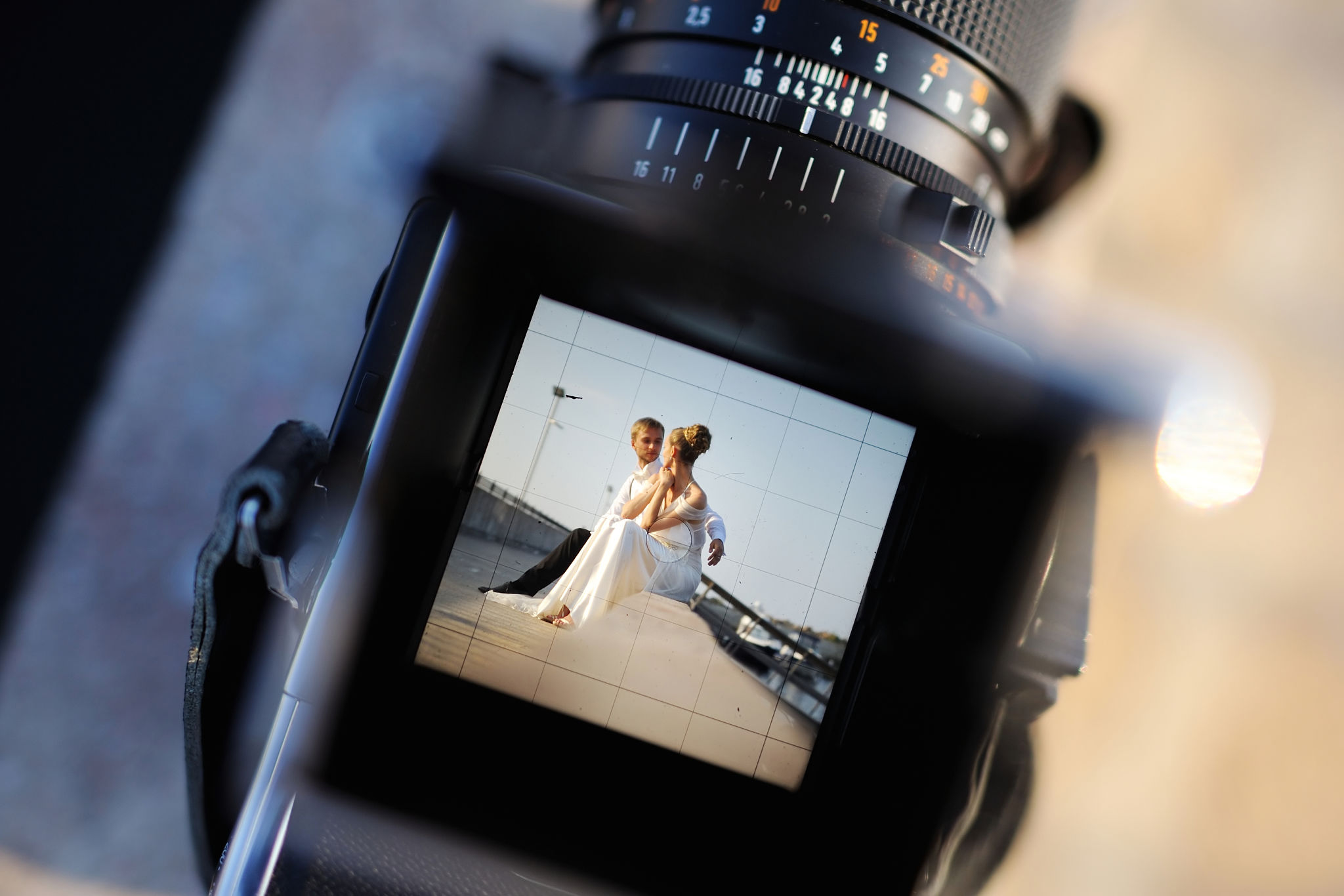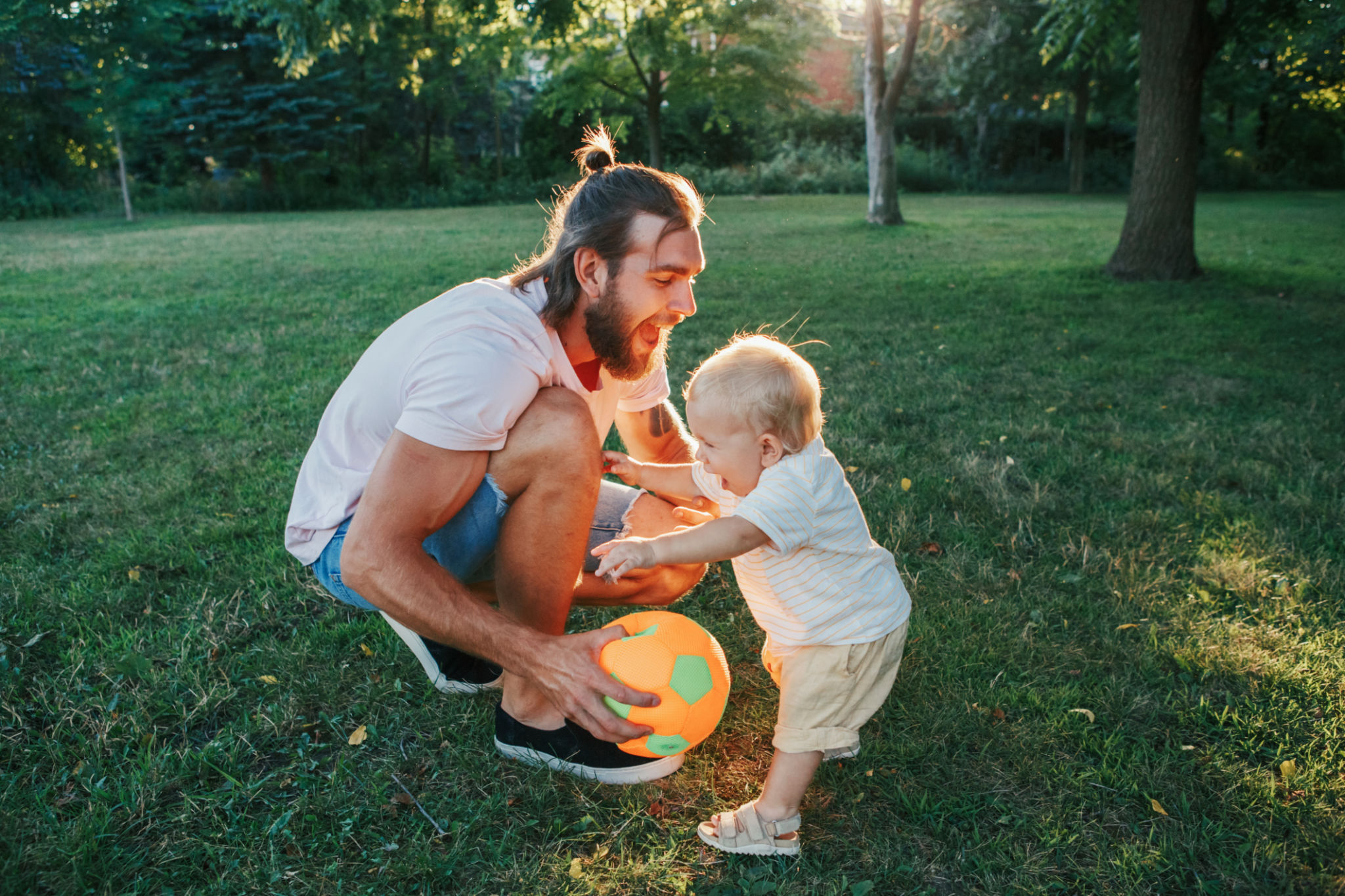How to Capture Perfect Wedding Photos: A Comprehensive Guide
Understanding the Basics
Capturing perfect wedding photos requires not only technical skills but also an artistic eye. Before diving into the event, familiarize yourself with the couple's preferences and the venue. A pre-wedding consultation can help outline the desired style, be it candid, traditional, or a mix of both. Understanding these preferences will guide your shot list and ensure that you meet the couple's expectations.
It's also crucial to know your equipment well. Whether you are using a DSLR or mirrorless camera, ensure your lenses are appropriate for the occasion. A 24-70mm lens is versatile for both wide shots and portraits, while a 70-200mm lens is excellent for capturing candid moments from a distance.

Preparation and Planning
Preparation is key to capturing stunning wedding photos. Visit the venue beforehand to scout for ideal photo spots and understand the lighting conditions. Make note of any unique architectural features or scenic backdrops that can add a touch of elegance to your photos.
Create a detailed shot list that includes must-have photos, such as the exchange of vows, the first kiss, and family portraits. Share this list with your clients so they can add any specific requests. This ensures that you don't miss any important moments during the hustle and bustle of the day.

Mastering Lighting Techniques
Lighting plays a pivotal role in photography, and weddings are no exception. Natural light is ideal, so take advantage of golden hour—the hour after sunrise or before sunset—for soft, warm images. However, be prepared for varying lighting conditions throughout the day.
Invest in quality flash equipment for indoor ceremonies or receptions where lighting may be dim. Off-camera flash can create beautiful, dramatic effects and help fill shadows without being intrusive. Always test your lighting setup before the event to avoid any surprises.

Candid vs. Posed Shots
Candid shots often capture the true essence of the wedding day, from a shared laugh to a tearful embrace. Be unobtrusive and ready to snap these spontaneous moments that tell a story. Blending into the background allows you to capture genuine emotions without interrupting the flow of events.
While candid shots are essential, posed portraits offer an opportunity to create timeless images with artistic composition. Take charge during these sessions, guiding subjects into flattering poses while ensuring they feel comfortable and relaxed. A balance between candid and posed shots makes for a well-rounded wedding album.

Editing and Post-Processing
After the wedding day, editing is where you can truly refine your images. Use software like Adobe Lightroom or Photoshop to enhance colors, adjust exposure, and correct any imperfections. Consistency in editing style is crucial for creating a cohesive photo collection.
Avoid over-editing as it can result in unnatural images. Aim for a balance that enhances the photo while maintaining its authenticity. Deliver a selection of edited images promptly, as this will contribute to client satisfaction and potentially lead to future referrals.

